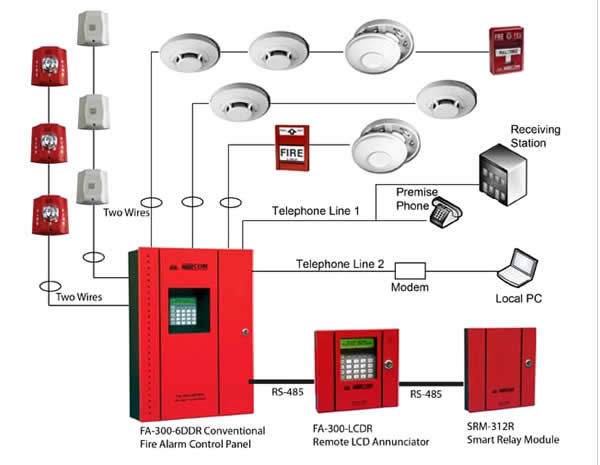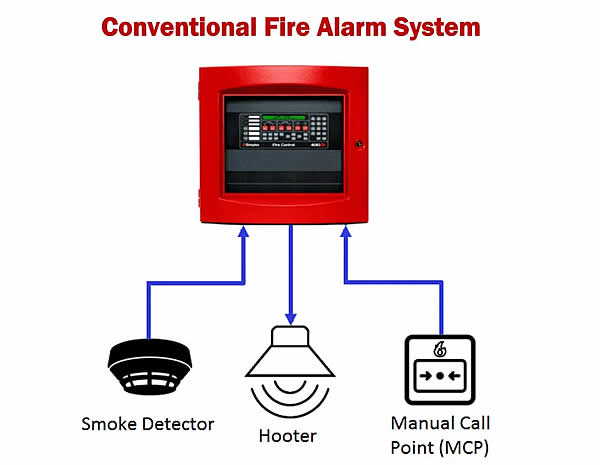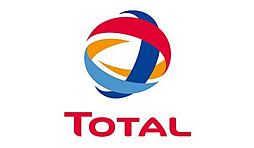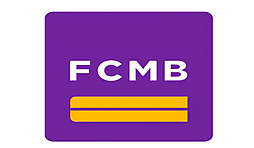C. CHARLES RESOURCES FOR BUSINESS SOLUTIONS
With over 10 years of experience, our skills extend across the whole IT spectrum from solution design to project management, migration and deployment
Fire Alarming System
General:
A fire alarm system is a set of devices that detect and alert people to the presence of smoke, fire, carbon monoxide, or other fire-related emergencies. Fire alarms systems are required in most commercial buildings and are installed to protect life, and property. Examples include, schools, churches, restaurants, and corporate buildings. These devices may include smoke detectors, heat detectors, and manual fire alarm activation devices which are all connected to a Fire Alarm Control Panel (FACP) normally found in an electrical room. The purpose of a fire alarm system is to notify occupants, and emergency forces. They do this so that they can take action to protect themselves and others. Fire alarm systems may use visual and audio signalization to warn people about a possible fire, smoke, or carbon monoxide. Fire alarm systems also shutdown HVAC systems to prevent the spread of smoke and shutdown elevators


How does it work?
The way a fire alarm system detects a fire is through its initiating devices, discussed above.
The fire alarm panel is connected to the system’s initiating devices through either 2- or 4-wire circuits. This circuitry allows the control panel to monitor the state of its initiating devices, usually by zones, identifying whether the devices are in normal or alarm mode. The control panel shows these readings on its display panel.
When a fire starts, the smoke or heat will activate one of the initiating devices, or someone will activate the manual pull station, alerting the fire alarm system to the fire and putting it in alarm mode.
Cost of maintenance
Here are some procedures you’ll want to adapt for maintaining your alarm system:
→ Check daily to ensure the system is working correctly. Record faults and failures, and fix then them.
→ Test at least one detector call point weekly, as well as smoke and flame detectors. Make sure to calibrate alarm sensors.
→ With systems that have numerous zones (more than 13), test more than one zone weekly.
→ Check the automatic release of fire doors weekly. Also, on a weekly basis, check for disconnections of alarm sounder or transmission signals.
→ Make a weekly report of defects, and alert the appropriate person to fix any problems.
→ Examine batteries and connections quarterly, and replace as needed.
→ Check alarm functions of indicating and control equipment quarterly. Also, test the alarm sounders quarterly, as well as links to independent monitoring companies.
→ Every four months, make sure there are no obstructions around detectors.
→ Ensure that a competent individual reviews your system on an annual basis, even if quarterly procedures have been carried out. This includes checking detectors for correct operation.
→ Arrange for an annual inspection of cable fittings and equipment, confirming they’re secure and protected, not damaged.
→ Obtain a certificate of testing after it’s determined that all of the above inspections and corrections have been made.


















